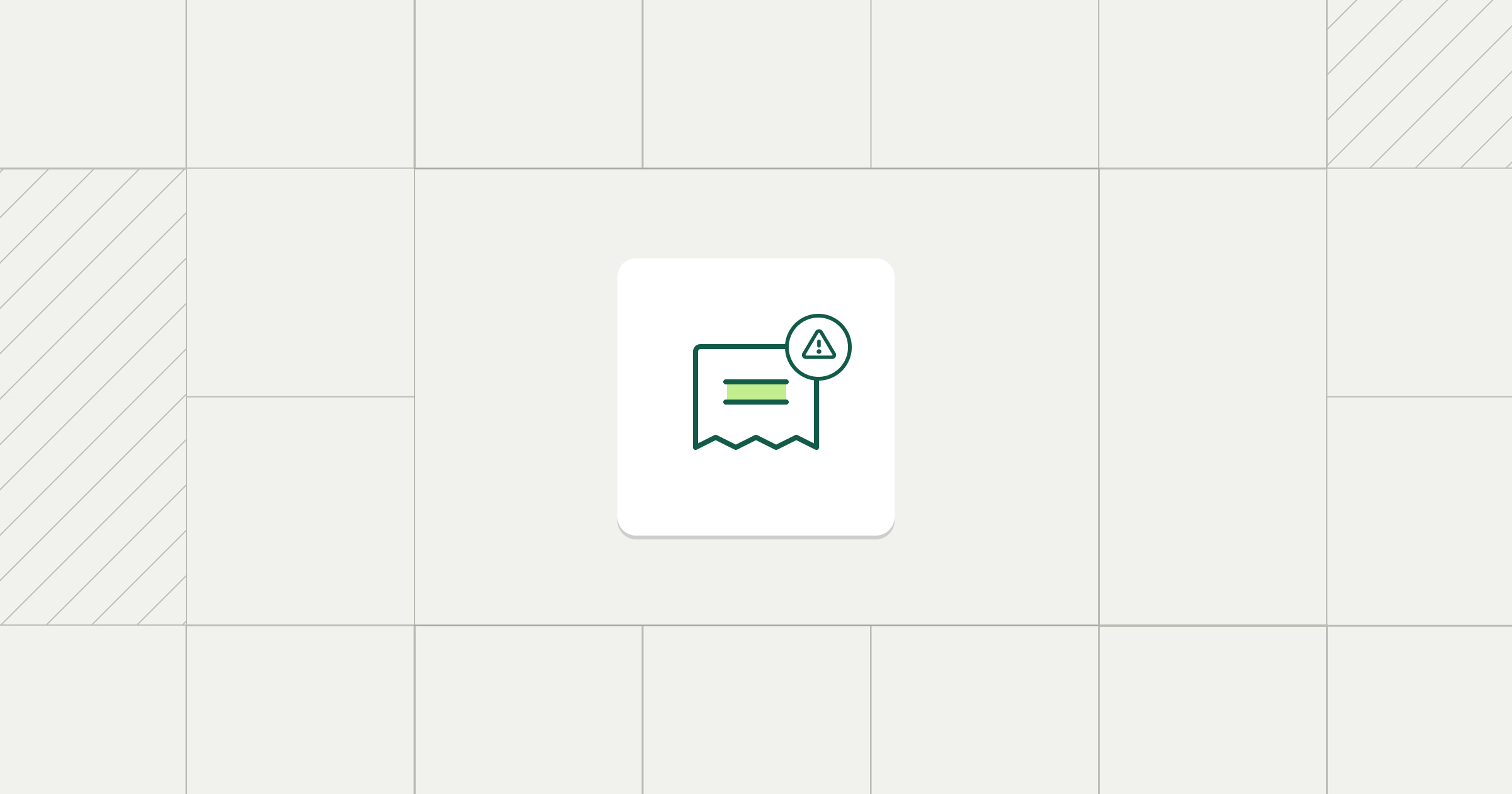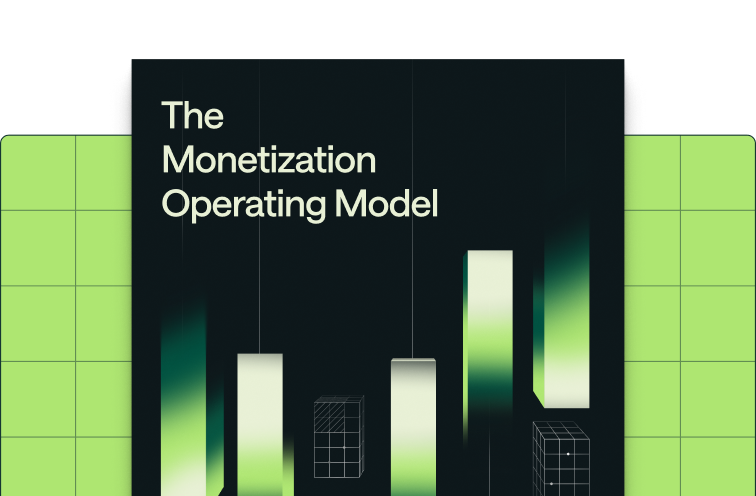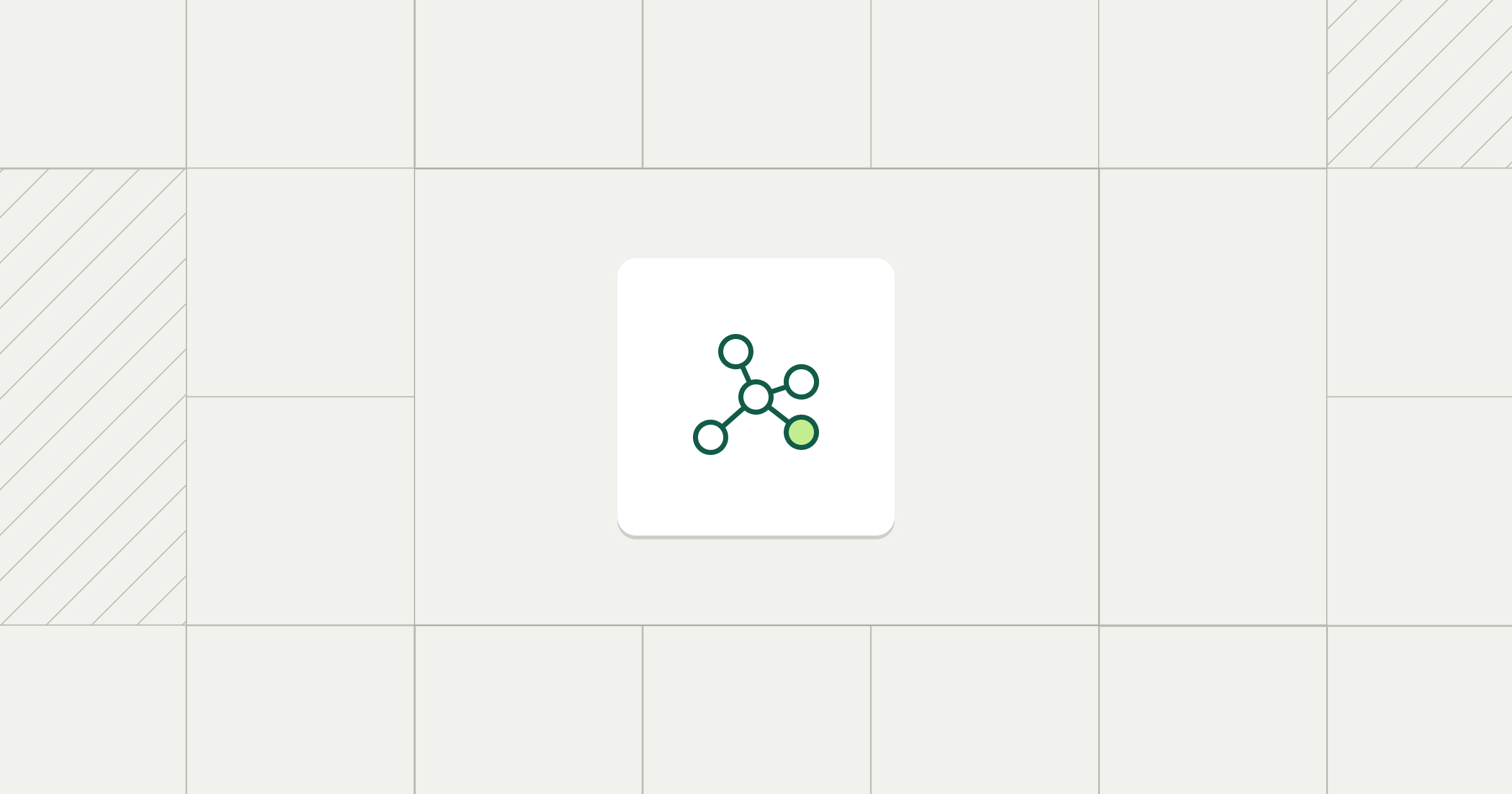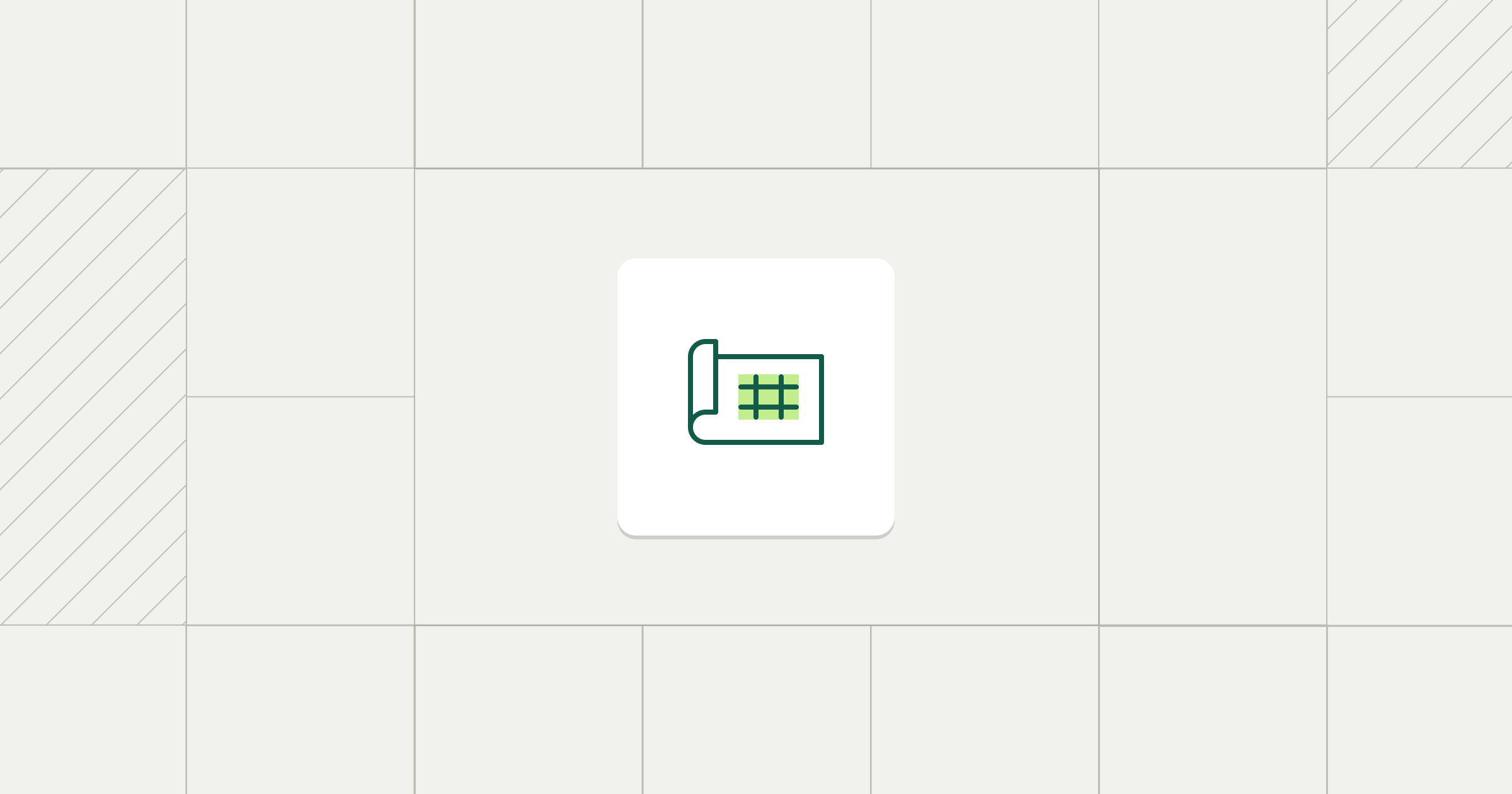Share
What's the common thread between Snowflake's rise to a $70B valuation, the explosion of usage-based CRM tools, and OpenAI's rapid market capture?
It wasn't just superior technology.
These companies combined good products with superior business models that made their solutions more accessible, flexible, and valuable to customers.
In other words, companies are gaining market share, in part, because they price better, not just build better.
Many companies lose ground because outdated billing infrastructure blocks pricing innovation. Slow processes, rigid systems, and unclear ownership prevent fast responses in a world where pricing models can define market leaders.
Companies investing early in their billing infrastructure are already ahead of the competition and setting the pace for the rest of the software industry.
Let’s dive into how outdated infrastructure, slow processes, and siloed ownership can turn pricing into your biggest competitive risk. And what you can do to fix that problem.
How legacy pricing models can cause competitive displacement
Pricing strategy is emerging as a critical lever in competitive displacement. Especially when product differentiation alone isn’t enough.
Technically superior products are losing deals and markets to competitors with more adaptable pricing strategies. Pricing, once handled late in the go-to-market process, now plays a more central role in how products compete.
Companies locked into fixed-license models often can’t respond quickly when usage-based challengers enter because their systems make change slow and risky.
Snowflake is a case in point.
It entered a mature market long dominated by incumbents like Oracle, which had decades of technical credibility in enterprise data systems. But Snowflake brought a different pricing model: instead of fixed licensing, it charged for compute and storage on a pay-as-you-go basis.
This model offered several advantages:
- Lower upfront commitment, which eased initial adoption
- Cost tied directly to usage, which aligned better with customer value perception
- Flexibility to grow gradually, without needing contract renegotiation
For teams accustomed to traditional enterprise sales cycles and shelfware risk, this was a compelling shift.
Competitors like Oracle, by contrast, had pricing models tied closely to enterprise licensing, more suited to large, long-term deals — but harder to adapt for usage-based workloads.
While Oracle did expand into cloud offerings, implementing granular, usage-based billing at scale introduces operational complexity that most legacy systems aren’t built for. Shifting to that model requires both new SKUs and major changes to how usage is metered, rated, and billed.
Adopting these models depends less on pricing theory and more on whether internal systems can support them.
The same dynamic is playing out across other categories:
- CRM incumbents price by seat, while challengers price by message, engagement, or API call
- Project management tools charge by user, while newer products price by project, team, or workflow
- Analytics vendors license per instance, while usage-based tools price by query or compute
These newer pricing models often better match how customers experience value. But for established companies, adopting usage-based models often depends on whether their systems can support the shift.
{{widget-monetization-whitepaper}}4 ways infrastructure can turn pricing into a risk
Your billing system determines which competitive strategies are possible, as technical limitations can lock companies into losing positions.
In other words, your pricing model becomes a competitive risk when your systems can’t support change.
Even when teams see market shifts coming, technical limitations prevent fast response.
Billing infrastructure often dictates what’s possible — and when it can’t keep up, pricing becomes a liability.
Here are four ways that can happen in practice.
1. Hardcoded pricing logic slows iteration
Engineering teams at most software companies spend significant time maintaining billing infrastructure. Billing engineers field late-night support calls about customer disputes, debug pricing logic embedded in product code, and build custom solutions for every new pricing model.
This creates bottlenecks across every team:
- Product teams cannot launch consumption-based features because billing systems cannot handle variable usage
- Sales teams cannot respond to competitive pricing because quote generation requires engineering tickets
- Finance teams cannot forecast accurately because usage data lives in separate systems from subscription billing
When engineering resources get consumed by billing infrastructure maintenance, fewer resources remain available for product development. Companies effectively subsidize their competitors by allocating engineering talent to problems that modern billing platforms solve automatically.
2. Fragmented systems block sales flexibility
When pricing data, billing logic, and quoting tools live in separate systems, sales teams can’t respond quickly to competitive pressure. Every pricing adjustment becomes a cross-functional project, slowing down deal velocity and limiting negotiation options.
Modern companies can deploy pricing changes in minutes while traditional enterprise companies require months-long engineering sprints. OpenAI was able to reduce API pricing from $60 to $10 per million tokens in just 16 months because their billing infrastructure supports fast rate adjustments through configuration, not code changes.
Traditional enterprise software companies cannot respond this quickly. Each price change requires engineering work to modify billing logic, update customer contracts, and reconcile revenue recognition.
The delay between pricing decision and implementation creates windows where competitors steal market share.
3. Opaque billing can break the customer experience
Opaque billing erodes trust by making pricing feel unpredictable. When customers can’t track usage, forecast spend, or understand charges in real time, even well-intentioned pricing models feel arbitrary and risky.
Customers increasingly expect transparent usage tracking, predictable cost controls, and billing models that reflect what they actually use. Companies with modern billing infrastructure can provide real-time usage dashboards, spending alerts, and consumption analytics directly in their products.
Legacy billing systems rarely provide this customer experience because they were designed for monthly invoice generation, not real-time usage visibility. The gap in customer experience accelerates customer churn as buyers prefer transparent, usage-based pricing models.
4. Manual workarounds introduce cost and error
Manual processes emerge when billing systems can’t support change on their own. Workarounds like spreadsheet reconciliations, custom code for pricing updates, and human approvals increase operational cost and risk.
These gaps can delay pricing execution, create revenue leakage, and frustrate customers, especially when competitors can deploy changes automatically. Every manual process is a signal that infrastructure, not teams, is the bottleneck.
Why delaying pricing innovation increases competitive risk
Early adopters of modern pricing models are building two- to three-year leads while followers remain stuck in subscription models.
This creates a brief window where pricing innovation generates lasting advantage. But the window is closing as more companies adopt usage-based approaches.
Disruptive pricing creates revenue moats
Disruptive pricing models create advantages that traditional companies struggle to copy because adopting new pricing would cannibalize existing revenue streams. Changing from subscription to usage-based pricing requires companies to risk predictable revenue for variable revenue growth.
Databricks reached $2.6 billion in revenue with over 140% net retention rates using their Databricks Units (DBU) consumption model. Traditional analytics companies couldn’t match this pace because their subscription pricing models didn’t align with customer value patterns or enable the same expansion revenue mechanics.
The advantage deepens over time as usage-based companies build operational capabilities through better customer data, more accurate forecasting, and stronger customer relationships. Competitors running subscription models lack access to usage intelligence that informs product strategy and customer success efforts.
Market acceleration creates urgency
64% of billion-dollar startups now use usage-based pricing models instead of legacy subscription approaches. This represents a change in how software companies monetize products and compete for market share.
As more companies adopt modern pricing models, the advantage shifts from having usage-based pricing to executing it better than competitors. Companies that delay modernization face increasingly difficult positions as market expectations evolve around transparent, consumption-based pricing.
Every quarter of delay allows competitors to build stronger positions through better customer data, higher unit economics, and faster response to market changes. The acceleration effect means early movers establish customer relationships, operational processes, and technical infrastructure that become increasingly difficult for followers to replicate.
How to reduce the competitive risk of pricing inflexibility
Most companies are losing on pricing because of static pricing models like subscription-based pricing. Without the right people, processes, and platforms in place, pricing becomes slow, brittle, and reactive — and that’s where the competitive risk sets in.
Companies need systematic investment in people, processes, and platforms that enable rapid pricing experimentation and response to competitive moves. Vendors like Metronome make this kind of responsiveness possible by removing the technical barriers to pricing change.
People: define who owns pricing strategy
Most companies lack clear accountability for pricing systems. Product teams own features, finance teams own billing, and engineering teams own implementation. But nobody owns the pricing strategy that connects all three functions.
This ownership gap slows response to competitive moves. Pricing decisions get made in isolation without considering implementation complexity, customer impact, or revenue recognition requirements.
Companies need one person or team accountable for pricing strategy execution. This person approves pricing changes, coordinates implementation across teams, and measures results. Without clear ownership, pricing changes move slowly through committee decisions and cross-team coordination.
Here are some specific roles that work:
- Product defines which features get usage-based pricing and what usage metrics to track
- Engineering instruments usage tracking and connects product data to billing systems
- Finance forecasts revenue impact and ensures accurate revenue recognition
- RevOps optimizes pricing for conversion and expansion and communicates changes to customers
These teams must move faster than traditional enterprise decision-making processes. Winning pricing wars requires changes in hours or days, not quarterly planning cycles or annual budget approvals.
Process: establish how to change pricing fast
Companies need to treat pricing changes like product releases with testing, rollout, and measurement phases.
First, replace annual pricing reviews with monthly pricing experiments:
- Test new pricing with 50-100 customers for 30 days
- Track retention rates, expansion revenue, and customer satisfaction
- Roll back automatically if retention drops below defined thresholds
- Scale successful tests to broader customer segments
Then, look into risk management through version control:
- Grandfather existing customers on current pricing when testing changes
- Maintain automated rollback capabilities when changes don’t perform
- Document all pricing changes with approval workflows and audit trails
Finally, gather real-time feedback to make data-driven decisions:
- Connect product usage analytics to customer retention data
- Track how pricing changes affect customer behavior within 48 hours
- Use customer feedback systems to identify pricing complexity issues
- Monitor competitor pricing to identify market changes that require a response
Companies that build structured, testable pricing processes can respond faster than competitors and turn pricing from a point of risk into a source of advantage.
Platform: meet infrastructure requirements
Technical requirements include real-time usage tracking, flexible rate configuration, and API-driven pricing management.
You need usage-based billing capabilities to:
- Process millions of usage events without manual intervention
- Connect product usage data directly to billing calculations
- Support hybrid pricing models that combine subscriptions and usage
- Provide customer-facing usage dashboards and spending controls
Your pricing stack also needs to integrate with your existing systems:
- Connect usage events from products to billing systems automatically
- Sync billing data with CRM systems for sales team visibility
- Generate revenue recognition data for finance teams automatically
- Support API-driven pricing changes without code deployments
Lastly, your solution needs to scale with you, not hold you back. So it should have the ability to:
- Handle billions of usage events while maintaining real-time accuracy
- Process high-volume usage data without engineering bottlenecks
- Support enterprise-grade reliability and customer-facing transparency
Modernize or fall behind
The next generation of software leaders will win by changing pricing as quickly as they ship product. Companies like Snowflake, Databricks, and OpenAI innovated through features and pricing.
Every quarter of delay gives competitors more customer data, stronger retention, and better unit economics. The risk isn't falling behind on product. It’s falling behind on how you price it.
{{widget-monetization-whitepaper}}






%25202%2520(1).png)
%2520(1)%2520(1).png)


